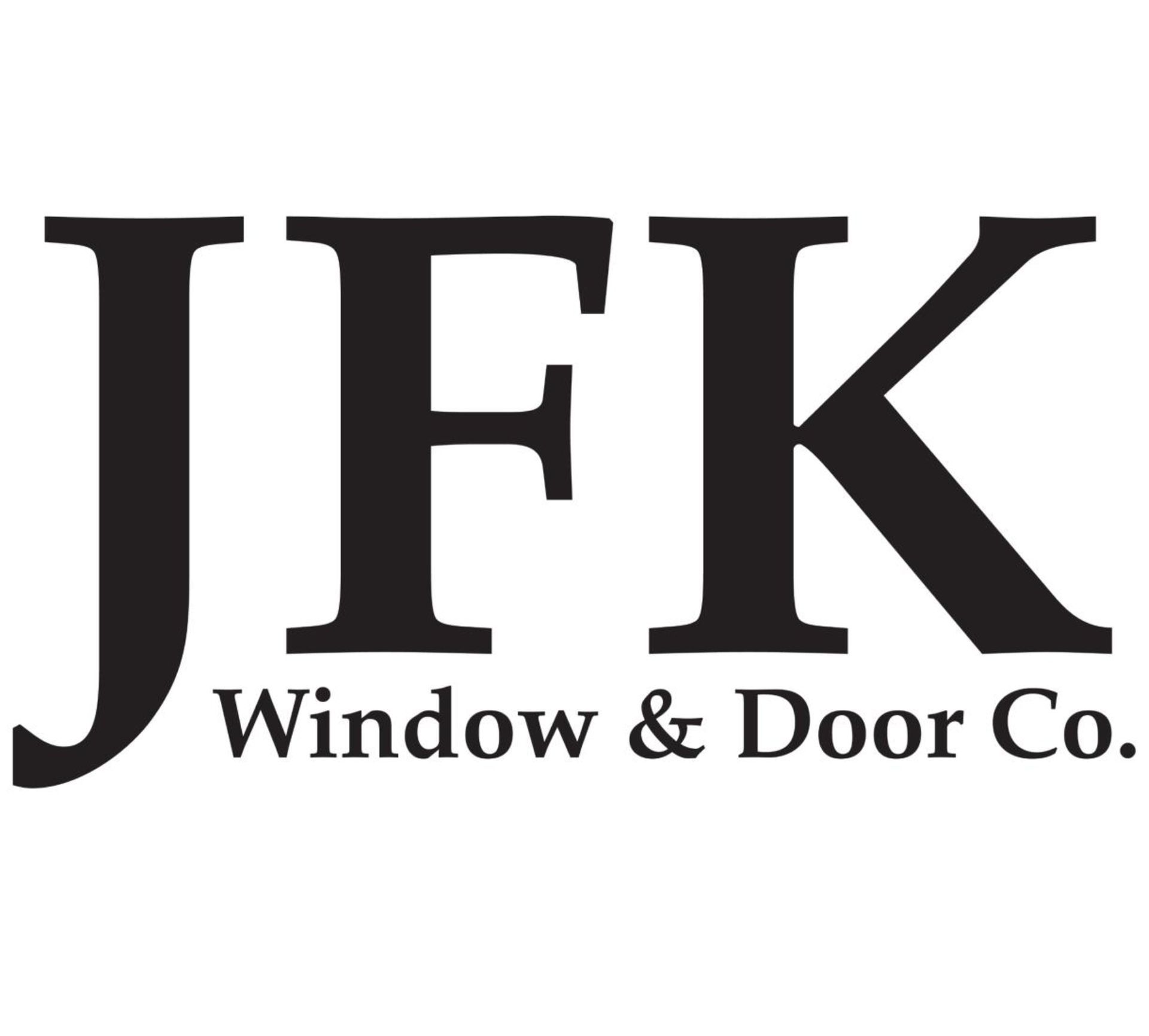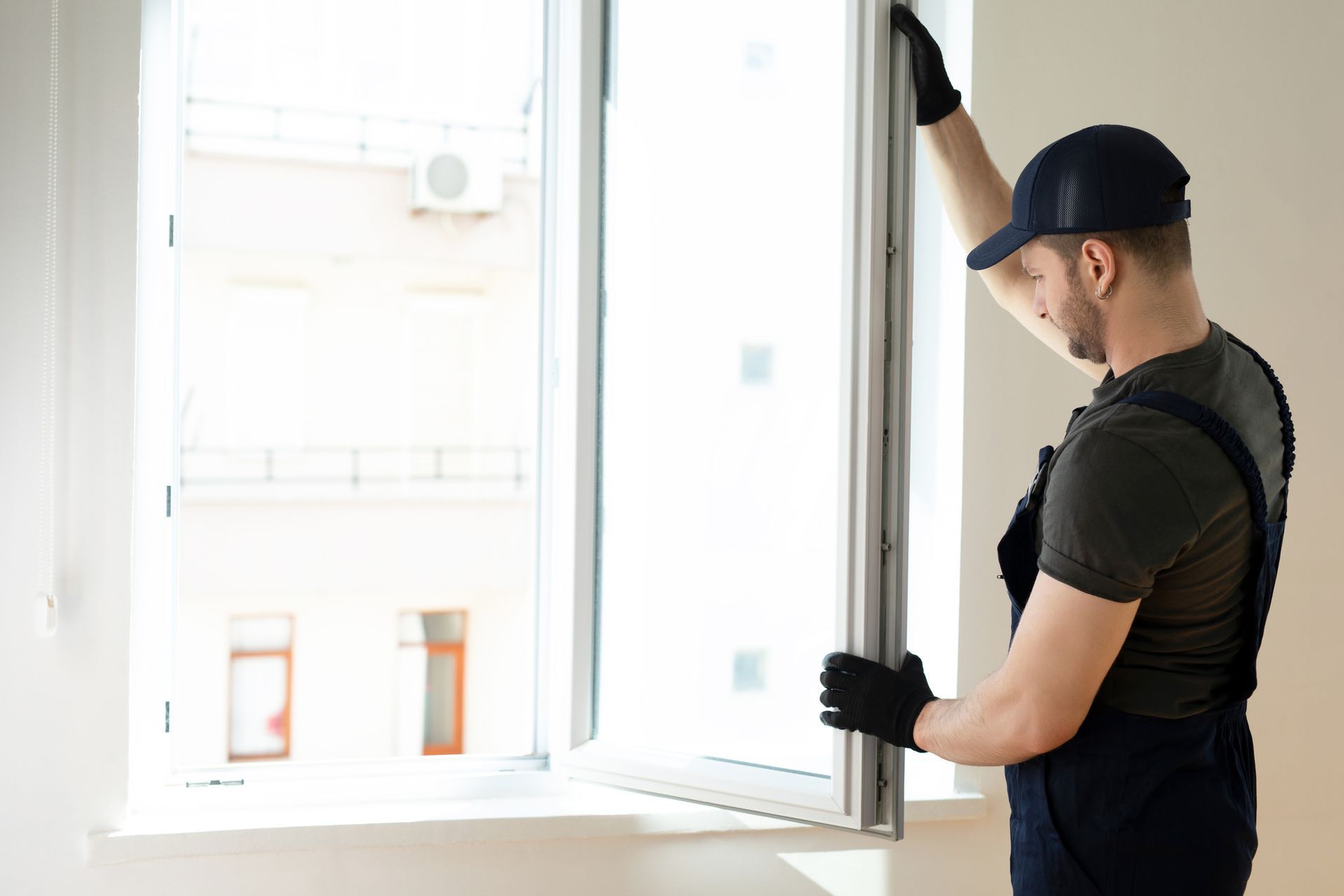Your Guide to Fixing Drafty Winter Windows
Once again, winter is rapidly approaching, and the Midwest region is in store for cold weather and high winds. With these come uncomfortable indoor drafts. If you have drafty windows, the tips below will help you deal with the problem and stay more comfortable this winter.
How to Handle Drafty Windows
Window Caulk
The first step to dealing with problematic drafts is to seal the windows from the outside. Apply window caulk around the outside perimeter of the window frame using a caulking gun. First, however, scrape the surface clean using a putty scraper and sandpaper.
This ensures a firm adhesion and an adequate seal. If you don’t have a caulking gun, another alternative is to apply a roll of rope caulk with your fingers and a wooden dowel. This is a less permanent solution, but it removes easily once winter is over.
Weatherstripping
Once the frame is sealed, it’s time to deal with leaks coming from the sash or movable parts of the window. From indoors, apply weatherstripping (various types of adhesive-backed foam)—around the edges—particularly between the sash and the frame—to ensure a firm seal when the window is closed. This keeps cold air from seeping in through gaps. You can buy weatherstripping at any home improvement retailer and most department stores.
Shrink Film
Sometimes, the cold is seeping through the window glass itself. Modern double- and triple-glazed windows solve this issue, but it is still common with older, single-pane varieties.
You can address this problem with a roll of plastic shrink film. Cover the window with clear plastic, attaching it to the inside window frame using double-sided tape. You can then shrink it to fit the expanse using a hairdryer.
If you need new windows to keep your home comfortable, contact JFK Window & Door in Cincinnati, OH. They have served customers throughout the Tri-State area since 1990. They specialize in casement windows and entry doors, and they carry a wide selection of durable Andersen windows. Visit their website or call (513) 851-1000 to make an appointment.
3 Reasons to Schedule Window Replacements in the Fall
Spring and summer are the ideal seasons for most home improvement projects, but some are better in the fall. For instance, the cool weather and low humidity make autumn the perfect time to replace your windows. Below are a few of the top reasons to schedule your
window replacements
before the Ohio winter hits.
3 Benefits of Replacing Windows in the Fall
1. Pleasant Weather
Window replacement projects essentially mean having huge gaps in your wall, at least until the new windows are installed. Replacing windows in the summer can make your house oppressively hot while working in the winter lets frigid air blast into your home. Fall, on the other hand, usually features cool, pleasant weather without the spring storms that can bring work to a halt and force water into your walls.
2. Better Energy Efficiency
By some estimates, heat loss through inefficient windows accounts for 25-30% of home energy use. If your gas or electric bills have been prohibitively high, replacing your windows before winter starts can save hundreds of dollars. New, energy-efficient windows will also put a stop to the cold drafts that can make any home uncomfortable.
3. More Availability
Most home renovation companies are busiest in the spring or summer, but often have less to do in the fall. Even the best window replacement contractor in your area will likely be available later in the year. Not only can you hire your first choice of contractor in the fall, but you can also be confident that they won’t be distracted by other projects while working on your house.
If you’re planning a window replacement before winter, the experts at JFK Window & Door offer the best products on the market and the highest level of craftsmanship. They’ve been serving Cincinnati homeowners since 1990, building a reputation for delivering exceptional results and amazing quality on every job. Visit their website for an overview of their window replacement services, see news and reviews on their Twitterpage, or call (513) 851-1000 to request an estimate today.
5 Reasons to Upgrade to Casement Windows
Replacing the
windows in your home can be an exciting task to undertake. Not only does it revamp the structure’s appearance, but it also creates a tight seal that increases indoor comfort. One of the more popular options is the casement window. The benefits that this product has to offer are hard to beat and could provide the upgrade that your home deserves.
5 Reasons to Choose Casement Windows for the Home
1. Versatile
It’s the standard appearance of casement windows that make them ideal for any style of home. Their clean-cut lines work well with modern structures while providing an attractive contrast to more traditional designs. You can even incorporate stylistic grilles to enhance the window’s appearance.
2. Sturdy
You won’t have to worry about premature deterioration once these new products are in place. Manufacturers use only the finest materials in their construction and include enough insulation to provide a tight seal. This prevents moisture from accumulating within the frame and extends the life span of the product.
3. Energy Efficient
Casement windows are made up of two panes of glass with a small pocket of air in between. This acts as a barrier against outdoor temperatures and keeps the HVAC system from overworking itself, increasing the energy efficiency of the home.
4. Ventilation
The hinges on these windows make it easy for homeowners to increase the airflow within each room. Whether you open them all the way or only partially, the constant breeze will reduce humidity and keep the home smelling fresh.
5. Simple Maintenance
These windows require very little maintenance. All you’ll have to do is wipe down the hinges at least once a month with warm water. Once it’s dry, apply a small amount of lubricant to ensure a smooth operation. Wash both sides of the glass, and you’re ready for another season.
Find the windows that suit your home the best by reaching out to JFK Window & Door of Cincinnati, OH. These professionals have been supplying window replacements since 1990 and stock a wide assortment of products, including casement, bay, and double-hung windows. They are a certified installer of Anderson Windows & Doors® and have an A+ rating with the Better Business Bureau®. Learn more about their company’s commitment to quality by visiting their website. Call (513) 851-1000 to request a free in-home estimate.
5 Front Door Trends for 2019
Every year, trends in home design emerge. Details like size and color gain popularity, especially for features like front doors. For 2019, there are a few distinct characteristics that homeowners are choosing. Here are five trends to look for.
Trendy Front Doors for 2019
1. Oversized
Bigger, wider, and taller are trending this year, with homeowners choosing more expansive front doors with less paneling and molding. Some entryways are as large as 10 to 12 feet, and due to their size, these doors open on pivot hinges for a modern touch and an exciting focal point.
2. Clean Lines
Without panels and moldings, doors this year offer a cleaner line than in the past. If glass is included, it is glazed right onto the door itself without any extra details, and most lines are straight and simple. Where ornate details were once en vogue, less is now more.
3. Extra Glass
Glass on front doors is not new, but doors with more glass areas and panels are trending, especially in coastal regions. In past years, doors were usually mostly wood, but now half or full glass options are taking prominence. Windows also contrast well with rich materials, like dark brown woods, or they brighten up an entry when paired with lighter colors.
4. Bold Colors
One of the biggest trends is making a bold statement. An easy way to do that is to choose an exciting color. While the tone should match the style of the property and complement other hues on the house, finding contrast is a wonderful approach to your new door. Try bright colors like orange, lime green, turquoise, and yellow, or choose something richer, like deeper greens and reds.
5. Barn Doors
Barn doors are popular for both front doors as well as interior doors. Barn-style options provide a rustic feel that is also inviting for any guest. They can be customized to any size and color, and homeowners can choose simple versions to more detailed choices.
For a new front door this year, call
JFK Window & Door. Serving the Cincinnati area and the 275 loop since 1990, their door and window selections include top industry manufacturers, such as Andersen and ProVia. Their team also provides quality installation as well as custom orders for everything from patio and entry doors to double-hung windows. They even provide a custom stain and paint option to match existing elements of your home. Call
(513) 851-1000 or visit them
online for their door installation options.








